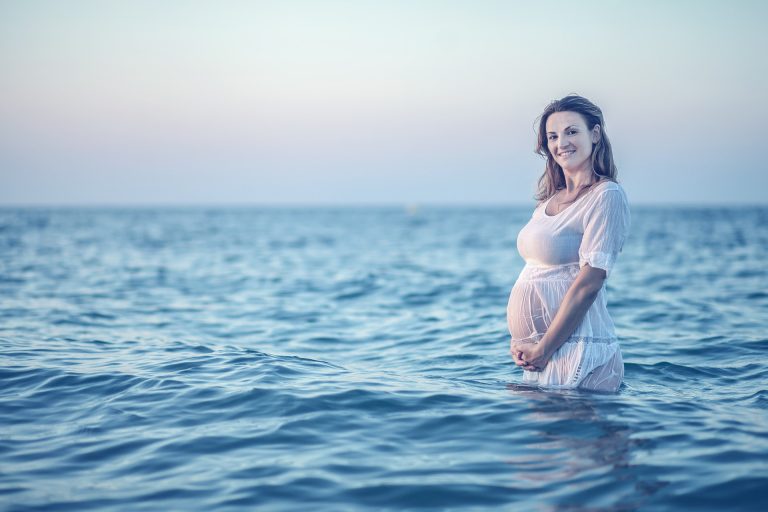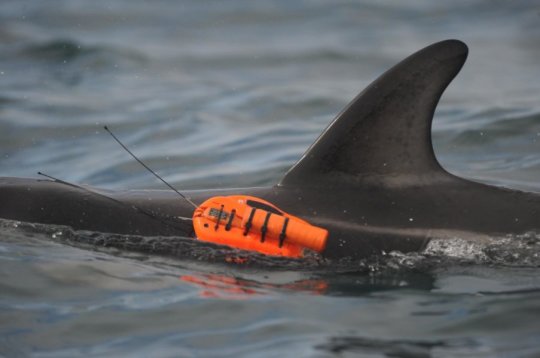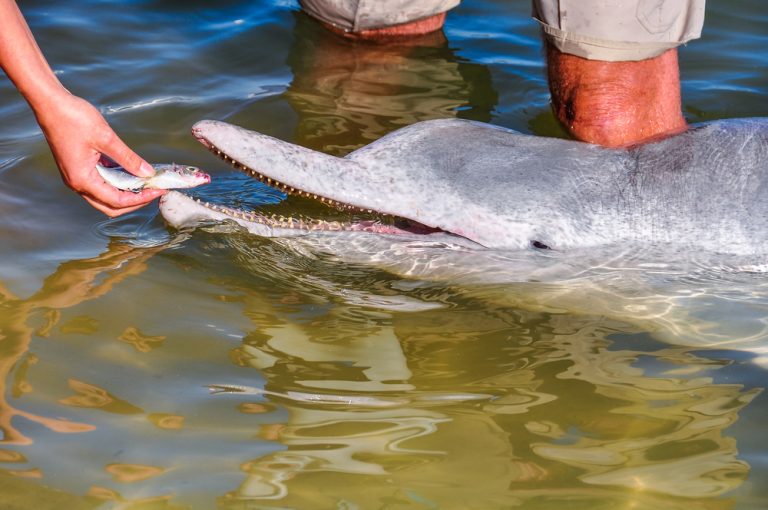Species Profile: The Pygmy Killer Whale
The Pygmy Killer Whale is actually a dolphin but unlike most dolphins, it keeps away from humans and it’s particularly aggressive in captivity.

Often confused with the melon-headed dolphin or the false killer whale, the Pygmy Killer Whale is a poorly-known oceanic dolphin.
This species is very rare indeed and gets its common name from some of the physical characteristics it shares with the Orca (killer whale). This is the smallest among the species that have”whale” attached to their common name.
Despite sharing many physical characteristics with killer whales, what distances them is their body structure; a slender rounded body from the beakless head to the dorsal fins. It also has a whitish coloring from its face to a slight pink in the genitals. In addition, its entire body can be dark to a light gray.
It is classified as Data Deficient by the IUCN due to the lack of documentation available.
Furthermore, it keeps away from humans thus there are very few sightings in the wild. Pygmy whales in captivity show high levels of aggressiveness although such behavior is not common in the wild.
1) Scientific Name
Feresa Attenuata
2) Scientific Classification:
- Kingdom: Animalia
- Phylum: Chordata
- Class: Mammalia
- Order: Cetartiodactyla
- Family: Delphinidae
- Genus: Feresa
- Species: Feresa Attenuata
3) Life Expectancy
Little documentation exists about the pygmy whale in their natural wild. Their life expectancy, compared to other dolphin species, averages 18 to 23 years.
Males mature faster than their female counterparts reaching sexual maturity at 2 meters body length.
4) Average/Maximum Length
A fully grown pygmy whale can reach up to 2.59 meters long.
Pygmy calves are born 0.8 meters in length.
5) Average/Maximum Weight
A pygmy killer whale will grow to an average weight of 225kg.
6) Maximum Swimming Speed
Pygmy killer whales are not fast animals. Their swimming is not as energetic as false killer whales, for instance. However, they can average a speed of 3 km/h (2 mph).
7) Interaction With/Danger To Humans
Unlike most other dolphin species, pygmy killer whale generally avoid interaction with humans as much as possible.
They do not swim close to shore rather preferring deeper offshore waters shores as deep as from 500 meters to 2000 meters. Also, they never swim close to boats as they are sensitive to noise.
Pygmy killer whales avoid contact with humans.
8) Reproduction Details
The pygmy killer whale breeds successfully in the tropical and subtropical waters of Mexico. During the spring they meet here for breeding.
Pregnant pygmy females gestate for 10 to 22 months, after which they give birth to calves. And like other mammals, each calf is fed on milk until it can hunt on its own and take in solid food.
9) Diet/Hunting Pattern Of The Pygmy Killer Whale
An approximate dental structure of 48 teeth, a set of 11 to 13 on the lower jaw and a set of 9 to 11 pointed teeth on the upper jaw makes the pygmy killer whale a predator. Its diet consists mainly small fish and squids.
However, documents indicate that it hunts, kills, and eats the common bottlenose dolphin.
Samples from Pygmy Killer Whales off the coast of Brazil indicate a mercury ratio of 1.6 : 1 compared to the standard 1 : 1. The chemicals used in gold mining are mostly responsible for these high mercury levels.
10) Alternative Names
- Slender Blackfish
- Slender Pilot
11) Population And Conservation Status
It is quite rare to spot the pygmy killer whale in the wild. Sightings often indicate their presence more in the warm waters of the Indian, the Pacific, and the Atlantic oceans.
They are gregarious creatures traveling in pods of 5 to 50 individuals though at times in the hundreds.
Common threats to the pygmy killer whale include:
- Besides being documented and protected, minimal fishing of this whale still affects the entire population adversely.
- The pygmy killer whale has a high ratio of mercury in its meat thus fishermen avoid it. However, it still gets caught as bycatch.
- Human activities in the seas leave debris and chemicals that are easily ingested by the sea animals. Especially oil spillage, broken and abandoned fishing equipment, and chemical dumps into the sea.
- When sickly or injured, pygmy killer whales will swim to the shore to die slowly due to deteriorating health. That’s because they host several parasitic nematodes that often cause illness.
The Agreement on the Conservation of Small Cetaceans protects the Pygmy killer whale from hunting. At present, the population estimate for this dolphin is about 40,000.
The IUCN lists the Pygmy killer whale as a Data Deficient species.
12) Ancestry And history
Prior documentation, in 1874, of the pygmy killer whale, was by John Gray. Gray based his analysis on two skulls discovered 1827 and 1874. Though initially thought to be extinct, a pygmy was killed off the shores of Japanese Taiji coastal town in 1952.
It was also during this period that Japanese cetologist, Munesato Yamaha formally classified the pygmy killer whale later in 1954.
13) Distribution And Habitat
The pygmy thrives well in tropical and subtropical waters as indicated by sightings off the Hawaii Pacific, South Africa, Zimbabwean and Srilankan Indian Ocean, and the Atlantic oceans of West Africa.
They live in seas 500 to 2000 meters (1600 to 6500 feet) deep.
As mentioned before, there is still so little information about the Pygmy killer whale in their natural environment. This is mainly due to their aggressive nature and their sensitivity to noise. Thus they avoid human presence.







I didn’t know that the Pygmy Killer Whale was actually a dolphin. How interesting!
I find it really interesting that the Pygmy Killer is a Dolphin
This is a first interesting fact that I am hearing for the first time:
Males mature faster than their female counterparts reaching sexual maturity at 2 meters body length. 🤪😜 This fact is strange to me for sure!